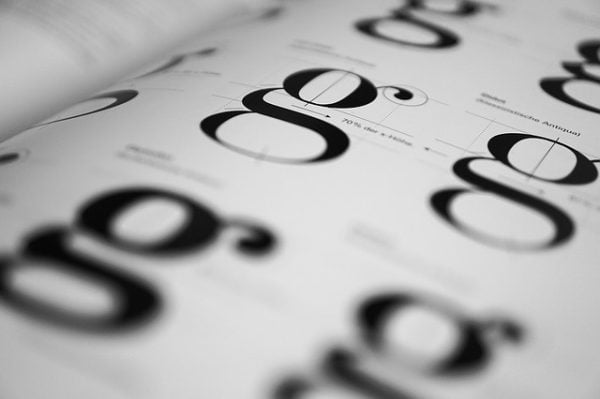The best fonts for blogs
At Creative Freedom we have previously discussed the power of fonts; how they make a site or app. Naturally, for a blog the same principles apply – the right font is a crucial foundation for giving your blog aesthetic symmetry, which is a key factor in achieving reader satisfaction.
There are a few font suppliers out there, such as Typekit, Fonts.com Web Fonts, Fontdeck and Webtype, but one of the best and cheapest by far is Google Fonts. Since 2010, the popularity of Google Fonts has skyrocketed, as we stated in a previous post: “In more recent years, Google Fonts has been adopted as the go-to engine for custom web fonts. The Google Fonts engine has over 680 font families and provides web fonts to millions of sites across multiple CMS platforms.”
Having now amassed 647 fonts (and since writing this probably a few extra) the dynamic range and quality Google provides is the lynchpin of its success. However, as a collaborative open source project, Google Fonts can sometimes fall foul to poorly constructed and amateurish typefaces, so it’s a matter of separating the wheat from the chaff. Take a look through this Awwwards article on the twenty best web fonts from Google, and you’ll be able to figure out which will suit your blog and which won’t!
By far the best blogging platform is WordPress, and there are several ways in which to integrate Google Fonts. You can filter the fonts from categories and characteristics, integrating them into your blog through the method of plugins or code modification. For the former, Andy Leverenz writes on the positives and negatives of using a plugin: “There are a number of plugins available that offer seamless Google Font integration. Most simply require installation, activation and font selection. With plugins are there some limitations. While the integration part is easy, the hard part comes when you want specific text on your site to be a font of your choice. A plugin typically won’t know to look for this specific type of text without customizing even further with something like CSS and/or HTML classes.”
With the myriad Google Fonts has to offer, remember that keeping to minimalist simplicity works best, as you’ll want your blog to be viewable on a number of platforms, from laptops to phones. The more minimalist the font, the easier it will be for your blog to look good on each device.
Lorraine McNulty clarifies the need for simplicity, saying: “When you choose the font you want you need to remember that not every computer has every font installed on it. In particular, most people don’t have the fancy fonts installed on their machines. So if you choose one of these fonts for your blog it will not display how you want it to on a machine that doesn’t have that font installed. In fact, it will display the default font instead, which will not give the look you were hoping for and may well drive people away from your blog.”
If you can’t find anything you like from Google Fonts and you want a custom font of icon designed, then please get in touch!

Need to get your message across on all media?
If you want to strengthen your brand, you need a design company that can do 'everything'.
We deliver your story through web, video, software & print.

